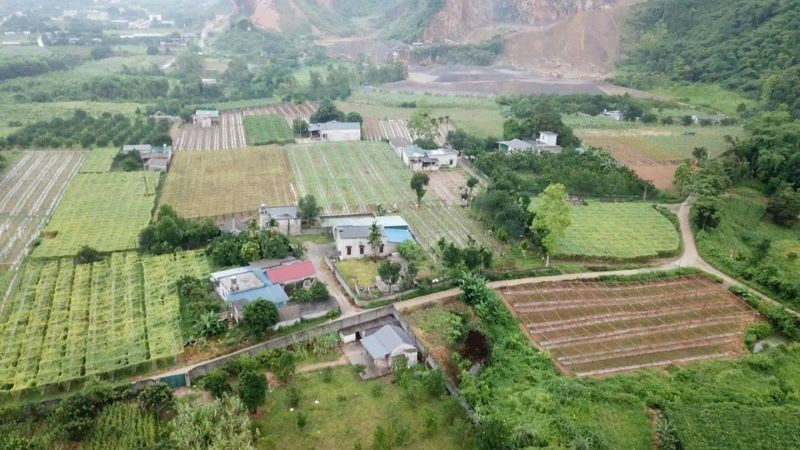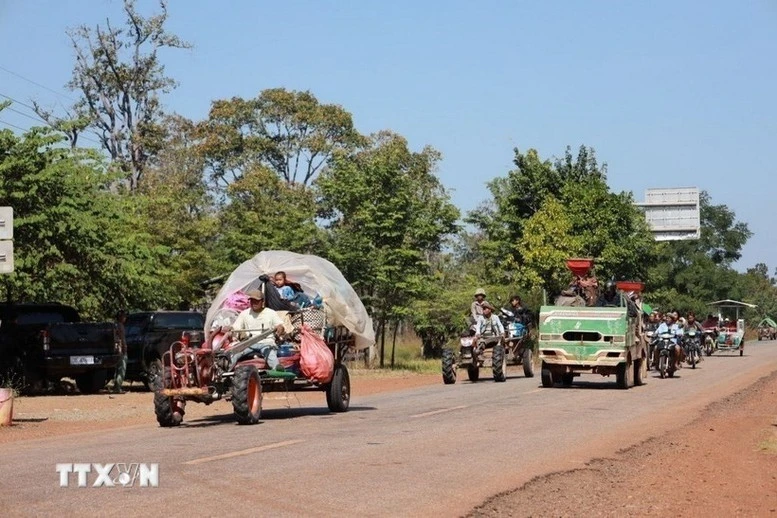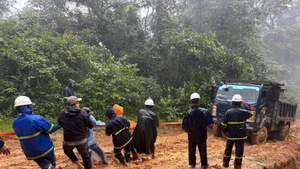Specifically, the ministry has tasked the Department of Land Management with working alongside the Department of Digital Transformation to expedite the completion of local land databases.
Provinces and cities are required to review, update, and integrate data from administrative units at the district and commune levels where this work has already been completed.
At the same time, they must continue to make effective use of digitised data to streamline administrative procedures and minimise the need for citizens to re-submit personal information.
The ministry has set August 2025 as the deadline for synchronising the land database with the national data centre, ensuring data is interconnected and consistently shared across the country.
This is a key step towards improving land management systems and advancing e-government, with the ultimate aim of building a digital government, fostering the development of Viet Nam’s digital economy and digital society.
According to the latest report, the government has developed and begun managing and operating four centrally administered land data systems, namely databases for land statistics and inventories, land use planning, land pricing, and land surveys and assessments.
At the local level, 495 out of 696 district-level units have completed their cadastral databases; 100% of district-level units have finished land statistics and inventories; 325 units have completed land use planning databases; and 300 units have finalised land pricing databases.
To date, all 63 provinces and centrally-governed cities have connected and shared their land databases with the national population database, covering 462 out of 696 district-level units.
Additionally, 49 out of 63 provinces and cities have established integrated connections between their land registration offices and tax authorities.







![[Video] Ha Noi: Specialised policies drive sustainable poverty reduction breakthroughs](https://en-cdn.nhandan.vn/images/8f440db7b9bfe62cb5397a6750a8b01bbaf06a77cd3ba844b6a06b6142d24086491b89243c34896c7911c3e80101275f91bf1e90a5f8d4ce13dc0f62a878f516/hanoi.jpg.webp)








